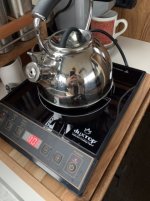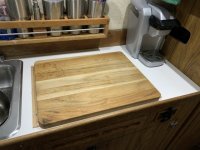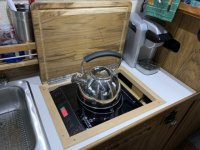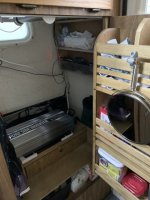thataway
Well-known member
- Joined
- Nov 2, 2003
- Messages
- 21,690
- Reaction score
- 61
- C Dory Year
- 2007
- C Dory Model
- 25 Cruiser
- Hull Identification Number
- DOR25652A707
- Vessel Name
- thataway
Thanks, I had seen that first one, its a "kit"--certainly cheap enough.O'scopes for you:
The second is not a complex circuit, but mostly intended for audio:
" 150 Hz to 15kHz. Beyond this bandwidth, the displayed signals have a lower quality. Signals up to ±50V up can be injected on the input of the circuit."
Long time since I designed (tube type) circuits, but one could put small transformer and current limiter in and probably deal with 110V AC (60 Hz) with out damage to $700 smart phone. Not sure I want to take chances with that...(easy to test the voltage and current. Probably easy to bring the frequency response down to 60 hz and still see a decent curve). Some of the cheap ones don't have enough resolution to see a multi stepped wave vs a pure sine wave. But it looks as if this one (assembled) and has been used on 120 V AC without issues, for $80 is not a bad "buy".. I probably would put a resister or two in between the lead even using the 10X setting before 110 V attaching to leads.







